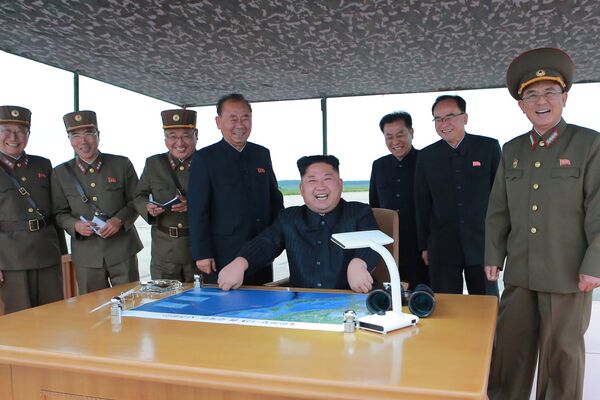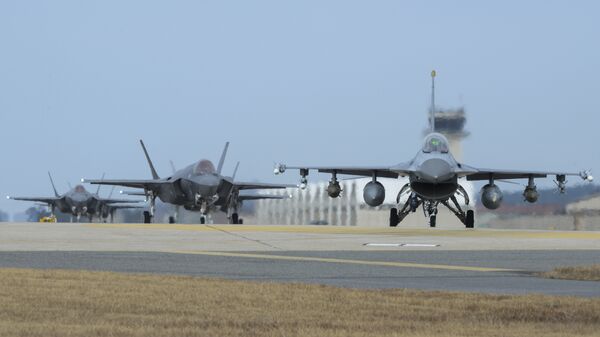The United States planned for war against North Korea during the 1994 nuclear crisis, newly declassified documents have revealed. Washington even considered a cruise missile strike on a North Korean nuclear facility as Pyongyang started defueling a reactor that could provide material for nuclear bombs.
"Of course, with the combined forces of the ROK [Republic of Korea] and US, we can undoubtedly win the war," said South Korean President Kim Dae Jung at the time. "But war involves many casualties in the process."
The Pentagon estimated that if there was a conflict on the Korean Peninsula some 52,000 American troops would be killed in the first three months. South Korean military casualties would reach 490,000. The number of North Korean and civilian casualties would be enormous, according to the book "The Two Koreas" by Don Oberdorfer, American professor and expert in Korean studies.
Earlier this year, independent military analyst Michael Zagurek estimated in his study that as many as 2.1 million fatalities would be the cost if North Korea delivered a nuclear strike on South Korea and Japan in the event of the military scenario amid the ongoing tensions over Pyongyang’s nuclear program.
READ MORE: Dove of Peace: Senior UN Diplomat Makes a Rare Visit to N Korea Amid US Drills
The documents published on Friday by the National Security Archive at George Washington University also reveal that in 1997 Washington was worried that a "starving North Korea" could become unstable and trigger a "dangerously chaotic situation."
A State Department document stated that Washington’s approach to the Four-Party talks (involving the US, China, South Korea and North Korea) should be "flexible enough to encompass a wide range of options," from "a collapse of the North” to “meaningful reforms which would give the DPRK regime renewed vitality."
In November, North Korea tested a new missile – the Hwasong-15 intercontinental ballistic missile (ICBM). While the test failed as the missile broke up upon re-entry, an operational Hwasong-15 is believed to have a range of over 13,000 kilometers and could strike anywhere in the US, and almost anywhere in the world.
Shortly after the test, the US and South Korea started a large-scale joint military exercise, called "Vigilant Ace," that involved 230 aircraft, including stealth fighters and strategic bombers that can carry a nuclear payload.

Commenting on the drills, the North Korean Foreign Ministry warned, "a nuclear war on the Korean Peninsula has become a matter of when, not if."
Leaders from the foreign ministries of both China and Russia have called on North Korea and the United States to end provocations that risk resulting in an open military confrontation.
As tensions on the Korean Peninsula have reached unprecedented heights this year, Moscow and Beijing have proposed the so-called "double freeze" plan, which stipulates the simultaneous halt of Pyongyang's nuclear tests and US-South Korea joint drills, which have been repeatedly called provocative by the North Korean leadership.





